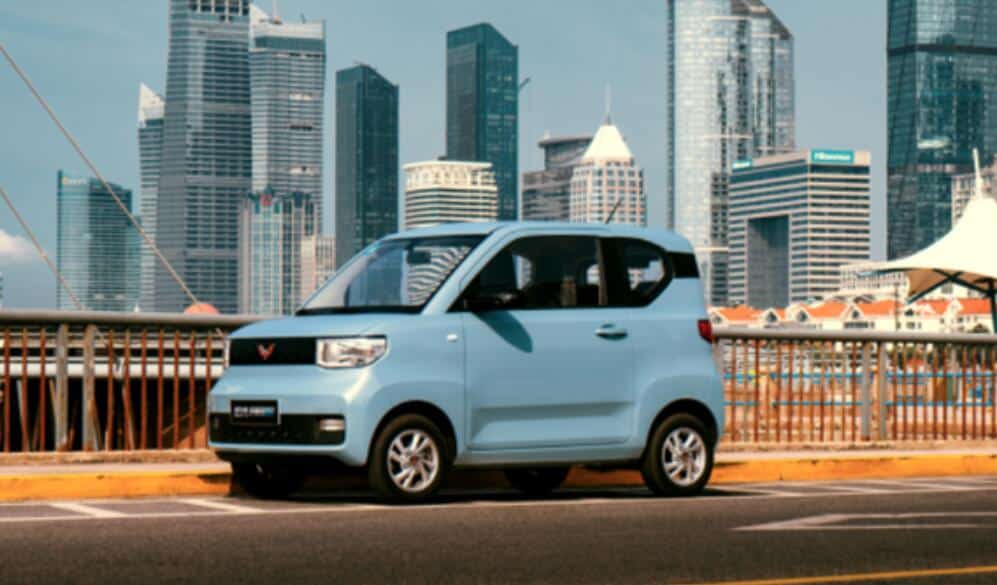As one of the best-selling electric cars in China, SAIC-GM-Wuling Hongguang Mini EV has not brought much net profit to SAIC. Many people wonder why SAIC continues to produce it.
Mini EV is priced at RMB 28,800 ($4,451)-RMB 43,600, and its parts cost up to about RMB 20,000.
SAIC-GM-Wuling's 2020 revenue was RMB 72.93 billion and net profit attributable to the parent company was RMB 142 million. Wuling's sales in 2020 were 1.6 million units.
That means the profit per vehicle of Mini EV is only RMB 89 yuan ($13.8). In the face of such low profits, why SAIC continues to produce the Mini EV, China's "dual credit policy" is the key.
In order to promote the rapid development of new energy vehicles, China released the "dual credit policy" on September 26, 2017, which started to be implemented in April 2018.
The credits are CAFC (Corporate Average Fuel Consumption) credits and NEV (New Energy Vehicle) credits, which simply means fuel consumption credits and new energy credits.
For car companies whose fuel consumption control fails to meet the requirements, they can offset the negative credits from excessive fuel consumption through their own generated new energy vehicle credits, or by purchasing new energy credits from other companies.
If a car company cannot get the negative credits to zero, then it will need to submit a product adjustment plan to the MIIT and set a deadline to meet the standard.
In the dual credits accounting at the end of 2019, SAIC-GM-Wuling had negative average fuel consumption credits and reached -184,861 credits.
In 2020, SAIC-GM-Wuling's new energy credits reached 493,451, ranking third in the Chinese car market after Tesla and BYD.
The large number of credits generated by the Mini EV will be just enough to "offset" the fuel car.
According to the dual credits policy, each mini EV can generate at least one positive new energy point.
According to a research report by China Industrial Securities, the current trading price per unit of new energy credits in China has increased from RMB 300 ($47)-RMB 500 to RMB 2,500-RMB 3,000, a maximum increase of 9 times.
At a price of RMB 3,000 per unit, the Mini EV will net SAIC RMB 380 million in 2020.
With its low price, small production cycle and low R&D investment, the Mini EV will not only rapidly expand production and sales, but also provide SAIC with a large number of new energy credits.
(Photo source: SAIC-Wuling)


